Introduction – 10 Top Benefits of Paschimottanasana (Seated Forward Bend Pose)
Paschimottanasana, commonly known as Seated Forward Bend or Intense Dorsal Stretch, is a foundational yoga pose that holds a significant place in the practice of Hatha Yoga. The Sanskrit name “Paschimottanasana” is derived from three words: “Paschima,” meaning west or back of the body, “Uttana,” meaning intense stretch, and “Asana,” meaning pose. In this asana, practitioners sit on the floor with their legs extended straight in front of them and then fold forward from the hips, reaching towards their toes.
Table of Contents
Top Benefits of Paschimottanasana (Seated Forward Bend Pose)

Spinal Flexibility:
Paschimottanasana provides a deep stretch along the entire length of the spine, promoting flexibility and mobility in the vertebral column.
Hamstring Stretch:
The pose effectively stretches the hamstrings, helping to alleviate tightness and improve flexibility in the back of the thighs.
Calms the Nervous System:
Paschimottanasana has a calming effect on the nervous system, making it beneficial for reducing stress, anxiety, and promoting a sense of relaxation.
Improves Digestion:
The forward bend compresses the abdominal organs, stimulating digestion and massaging the organs involved in the digestive process.
Stimulates Abdominal Organs:
The pose activates and stimulates the abdominal organs, including the liver, kidneys, and pancreas, contributing to improved organ function.
Relieves Mild Back Pain:
Paschimottanasana can help alleviate mild back pain by stretching and strengthening the muscles along the spine.
Enhances Posture:
Regular practice of Paschimottanasana contributes to better posture by strengthening the back muscles and promoting an upright alignment of the spine.
Stimulates the Muladhara Chakra:
The pose is believed to activate the Muladhara Chakra, fostering a sense of grounding, stability, and connection to the earth.
Increases Blood Circulation:
Paschimottanasana encourages blood flow to the pelvic region, improving circulation and providing nourishment to the reproductive organs.
Therapeutic for Menstrual Discomfort:
The pose may offer relief from menstrual discomfort by alleviating tension in the lower back and promoting relaxation.
As a seated forward bend, Paschimottanasana prepares the body and mind for meditation by creating a sense of inner focus and introspection.
The Yogic Philosophy of The Paschimottanasana (Seated Forward Bend Pose)
In the realm of yogic philosophy, Paschimottanasana holds a symbolic significance reflective of the integration of the individual with the universal. The forward bend represents surrender and introspection, turning one’s attention inward. The pose encourages practitioners to cultivate a sense of grounding and connection to the core of their being, fostering self-awareness and a deeper understanding of the interconnectedness of mind, body, and spirit.
Which Chakra is Activated by Practicing Paschimottanasana (Seated Forward Bend Pose)?
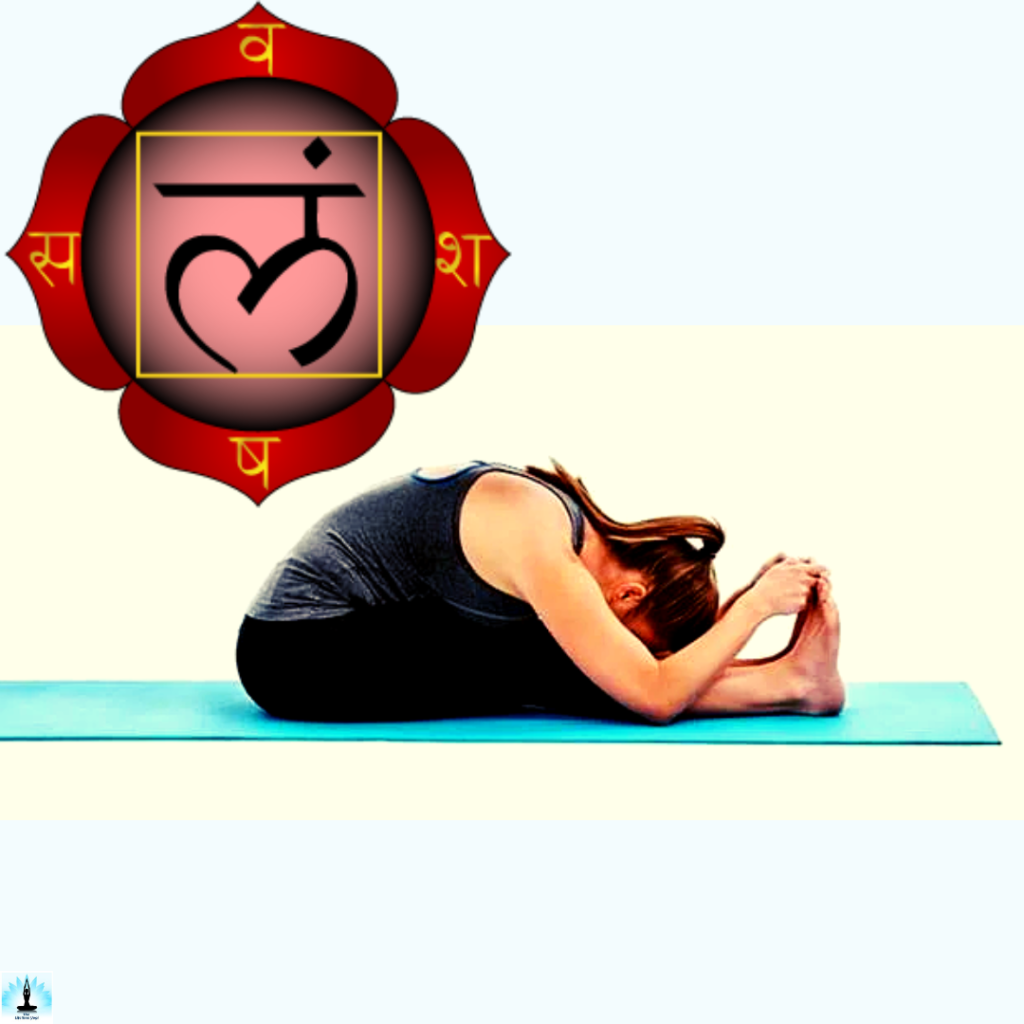
Paschimottanasana activate and stimulate the Muladhara Chakra, also known as the Root Chakra. The Muladhara Chakra is located at the base of the spine and is associated with grounding, stability, and a sense of connection to the earth.
The seated forward bend in Paschimottanasana directs attention and energy to the base of the spine, creating a connection between the body and the earth. The activation of the Muladhara Chakra promotes a sense of security, stability, and rootedness, aligning with the foundational aspects of this grounding yoga pose.
Step-by-Step Instructions of Paschimottanasana (Seated Forward Bend Pose)

Follow these step-by-step instructions to practice Paschimottanasana (Seated Forward Bend):
Starting Position:
Begin in a seated position on the floor with your legs extended straight in front of you. Ensure your spine is upright, and your legs are engaged.
Grounding:
Root both sitting bones into the floor, creating a stable foundation. Flex your feet, with toes pointing toward the ceiling.
Inhale and Lengthen:
Inhale, lengthening your spine. Imagine the crown of your head reaching toward the ceiling, elongating your entire back.
Exhale and Forward Bend:
On an exhale, hinge at your hips and start to bend forward from the hip joints, not the waist. Keep your back straight as you fold forward.
Reach Toward Your Feet:
Extend your arms forward, reaching toward your feet. Hold onto your shins, ankles, or if possible, clasp your hands around the soles of your feet.
Keep the Spine Extended:
Maintain length in your spine. Avoid rounding your back; instead, focus on leading with your chest as you move forward.
Gaze and Neck Position:
Keep your gaze directed toward your toes. If needed, you can keep your neck in a neutral position or gently tuck your chin toward your chest.
Breathing:
Breathe deeply and consciously. With each inhale, lengthen your spine, and with each exhale, explore the possibility of folding a bit deeper.
Hold the Pose:
Hold Paschimottanasana for several breaths, gradually deepening the stretch with each exhalation.
Inhale to Lift:
Inhale, engaging your core, and slowly lift your torso back to an upright seated position.
Release and Rest:
Release the forward bend, and take a moment to rest in a comfortable seated position.
Advance Variations of Paschimottanasana (Seated Forward Bend Pose)
Ubhaya Padangusthasana (Both Big Toe Pose):

In this advanced variation, practitioners take Paschimottanasana a step further by grabbing and holding both big toes with their hands. This deepens the stretch along the spine, hamstrings, and calves while challenging balance and flexibility.
Parivrtta Paschimottanasana (Revolved Seated Forward Bend):
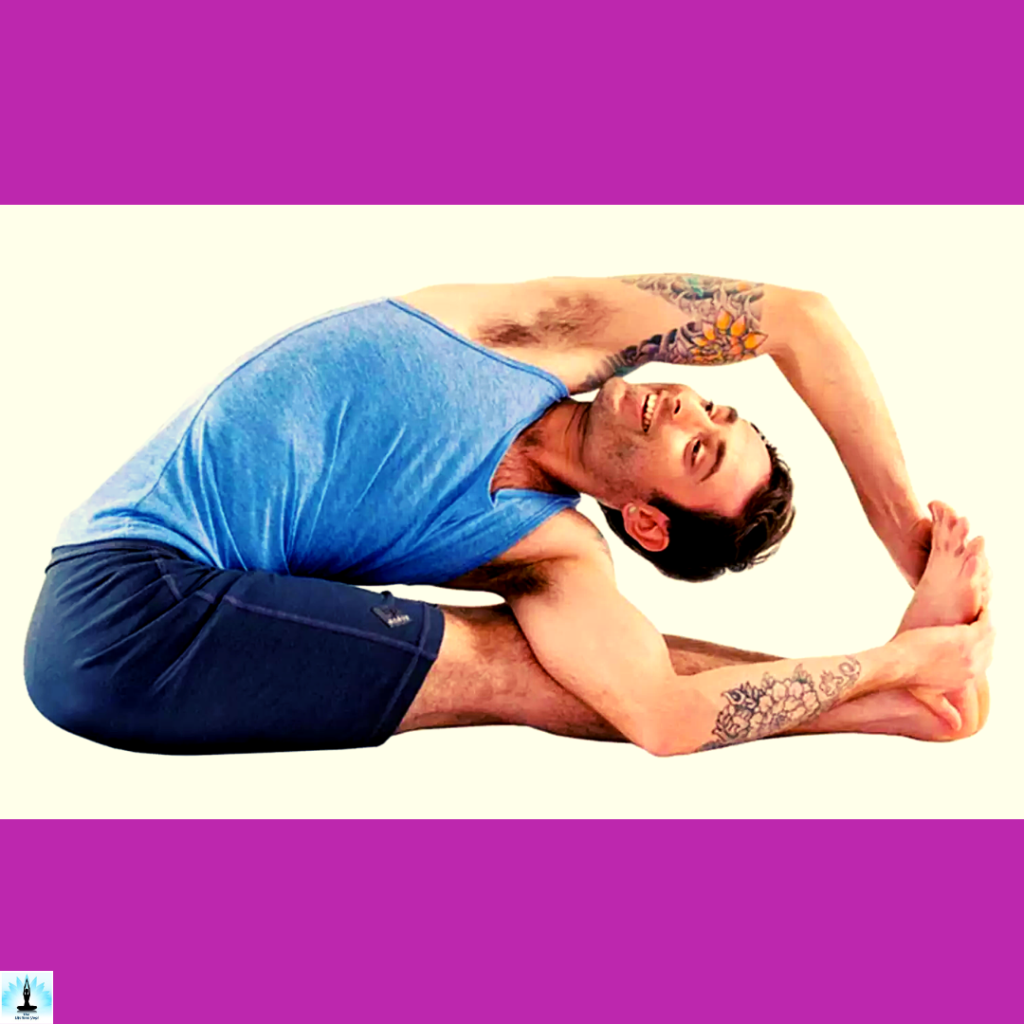
Parivrtta Paschimottanasana involves a twist in the traditional forward bend. As practitioners fold forward, they simultaneously rotate their torso to one side, creating a revolved position. This variation enhances spinal flexibility and engages the obliques.
Eka Pada Paschimottanasana (One-Legged Seated Forward Bend):
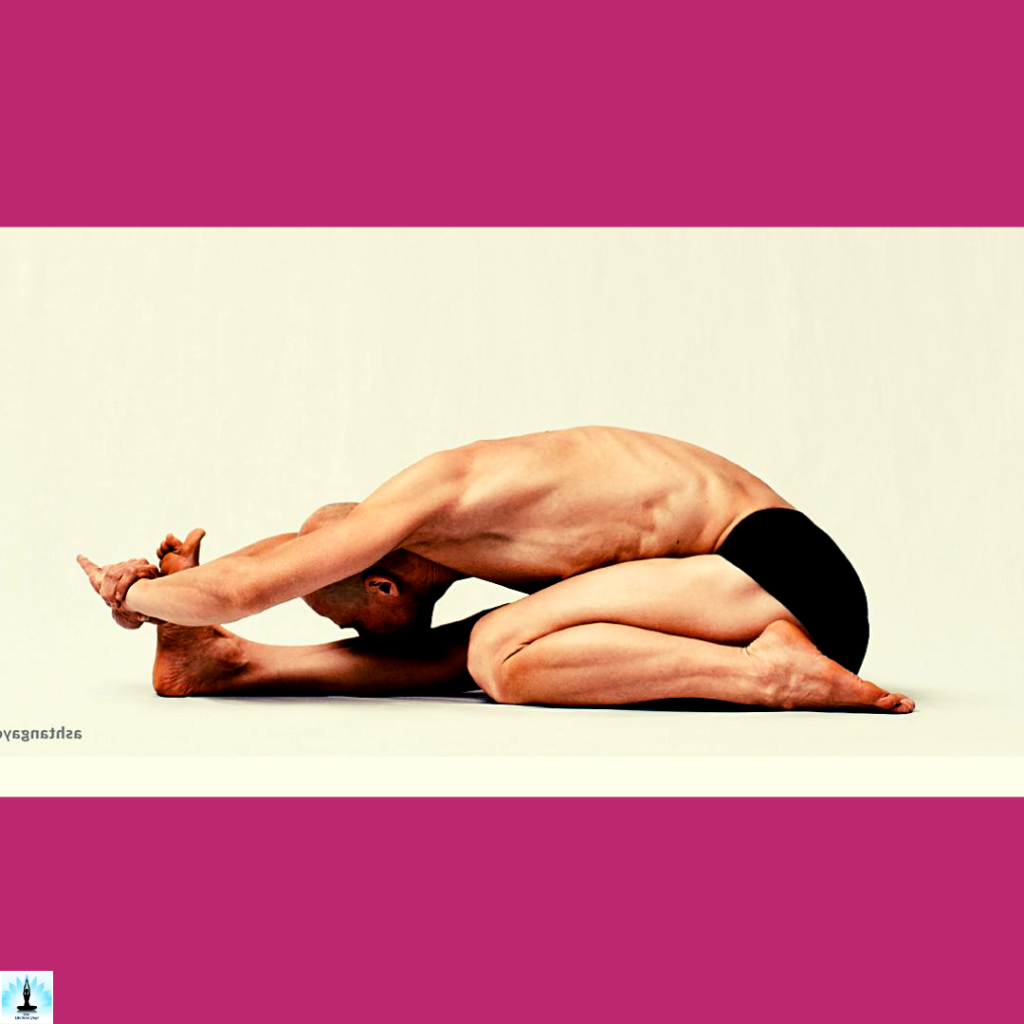
In Eka Pada Paschimottanasana, practitioners focus on one leg at a time. While keeping the opposite leg extended, the lifted leg is bent and brought toward the chest in a variation of the classic forward bend. This variation intensifies the stretch on one side of the body and requires increased hip flexibility.
Therapeutic Applications of Paschimottanasana (Seated Forward Bend Pose)
Paschimottanasana offers a range of therapeutic applications, making it a valuable pose for promoting physical and mental well-being. The deep stretch along the spine, hamstrings, and calves helps alleviate tension and stiffness, making it beneficial for individuals dealing with mild back pain or discomfort.
The pose also has a calming effect on the nervous system, making it a useful tool for managing stress and anxiety. Paschimottanasana is often recommended to improve digestion by massaging the abdominal organs.
Poses Related to Paschimottanasana (Seated Forward Bend Pose)
Preparatory Poses of Paschimottanasana
Janu Sirsasana (Head-to-Knee Forward Bend):
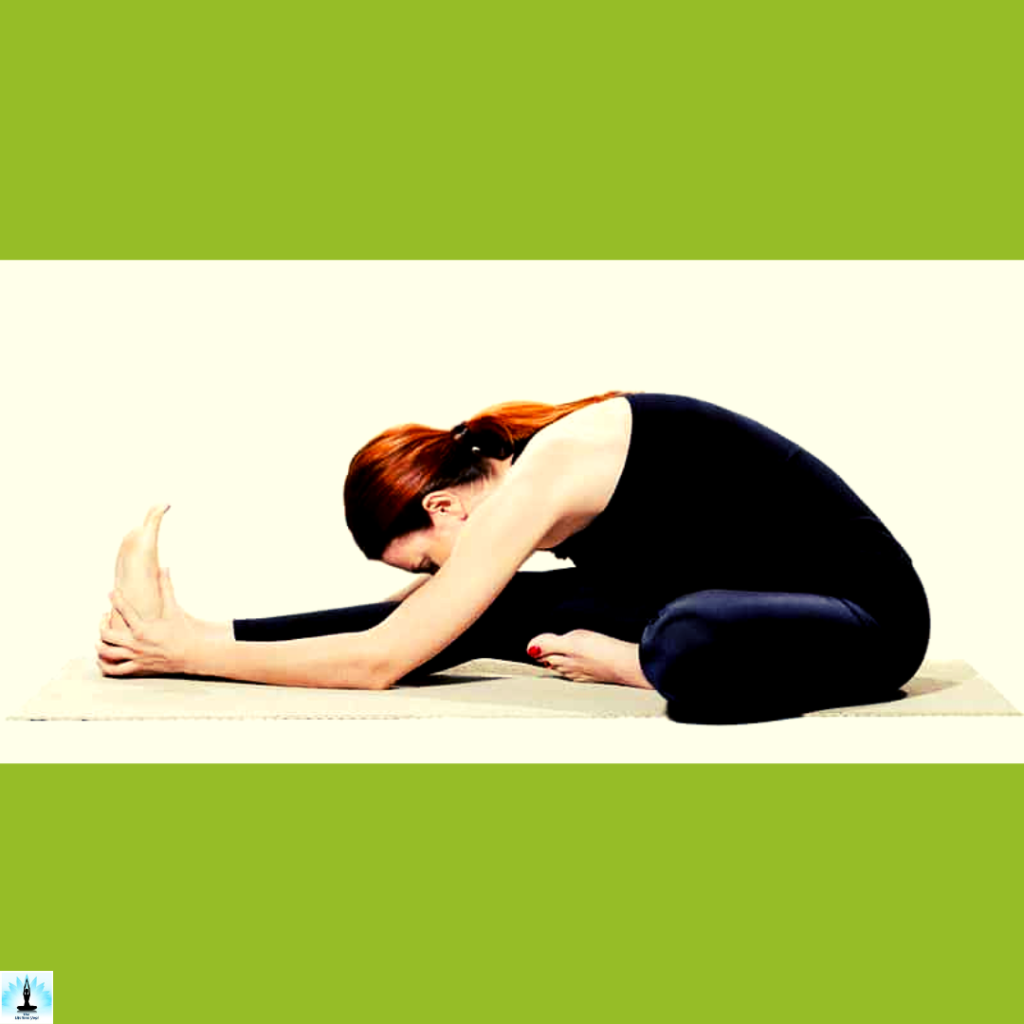
Janu Sirsasana is an excellent preparatory pose for Paschimottanasana as it involves a similar forward bend but focuses on one leg at a time. Practicing this pose helps stretch and prepare the hamstrings, hips, and lower back, making the transition to Paschimottanasana smoother.
Baddha Konasana (Bound Angle Pose):
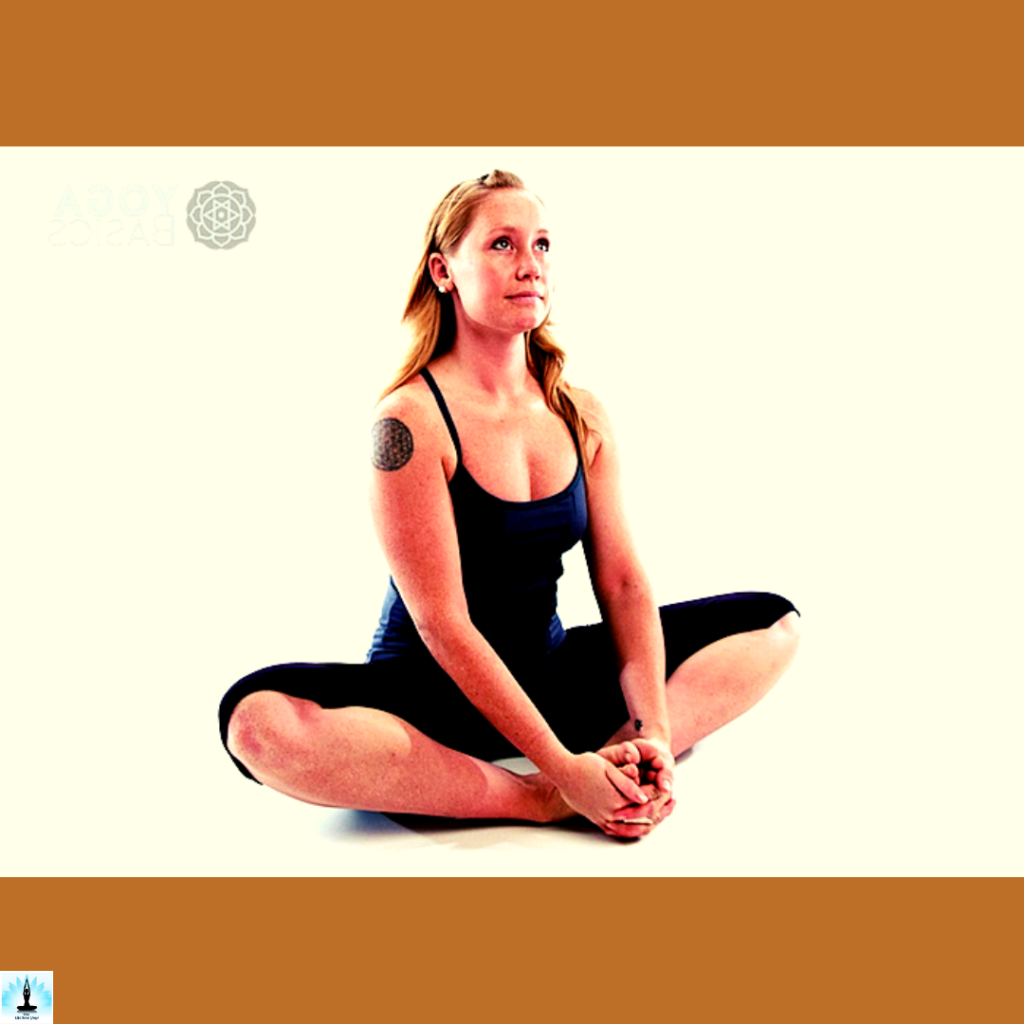
Baddha Konasana, also known as Bound Angle Pose or Butterfly Pose, is beneficial for opening the hips and stretching the inner thighs. This pose helps create flexibility in the hip joints, a key element for a comfortable and effective Paschimottanasana practice. It also promotes a forward fold, preparing the body for the deeper stretch in Paschimottanasana.
Follow-up Poses of Paschimottanasana
Bhujangasana (Cobra Pose):
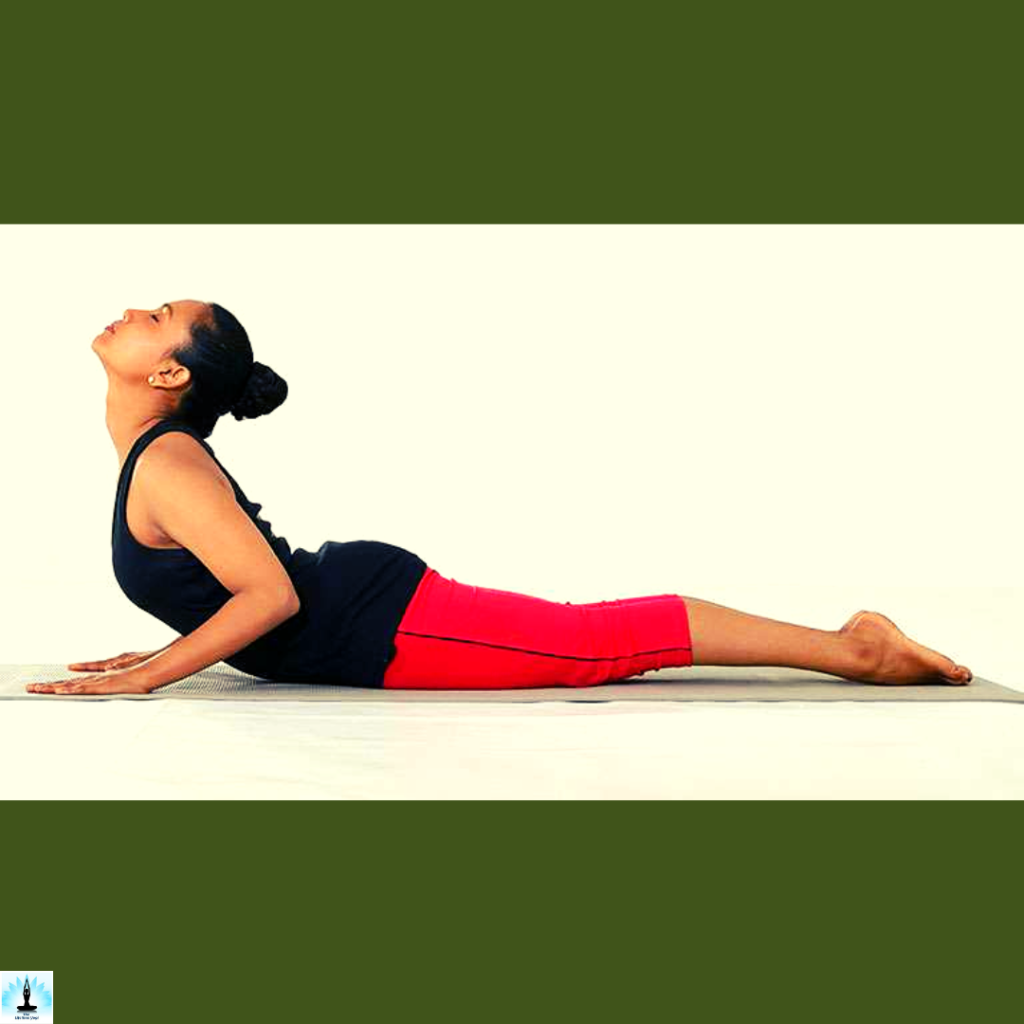
Bhujangasana serves as a suitable follow-up pose to Paschimottanasana. After the forward bend, extending into Cobra Pose helps counterbalance the flexion of the spine. It opens the chest, strengthens the back muscles, and provides a gentle backbend, promoting spinal flexibility.
Upavistha Konasana (Seated Wide-Legged Forward Bend):
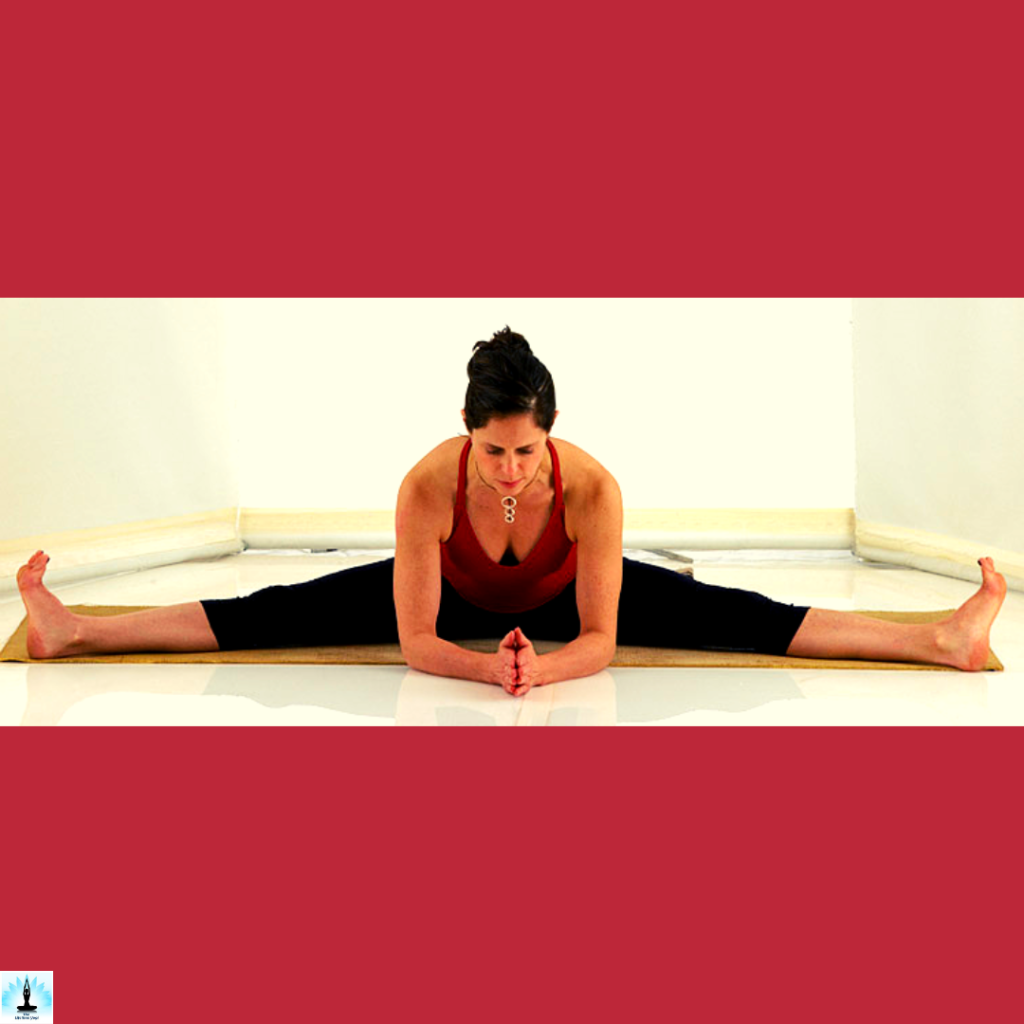
Following Paschimottanasana, transitioning into Upavistha Konasana complements the forward bend by offering a wide-legged stretch. This seated pose extends the legs out to the sides, stretching the inner thighs and groins. It serves as a continuation of the forward bending sequence, promoting overall flexibility in the hips and hamstrings.
Beginner’s Tip of Paschimottanasana (Seated Forward Bend Pose)
For beginners practicing Paschimottanasana, it’s crucial to approach the pose with mindfulness and gradual progression.
Start in a seated position with the legs extended, ensuring the spine is long. Instead of striving for extreme forward bending, prioritize the lengthening of the spine.
Inhale to elongate the torso, and then exhale to gently fold forward from the hips, leading with the chest.
Beginners can use props like a yoga strap or blocks to reach the feet comfortably. Remember to listen to the body and avoid forcing the stretch.
Contraindications and Cautions of Paschimottanasana (Seated Forward Bend Pose)
- Individuals with lower back injuries, herniated discs, or sciatica should approach the pose cautiously or avoid it altogether.
- Pregnant women, especially in the later stages of pregnancy, should modify the pose by separating the knees to accommodate the growing belly.
- Those with hamstring injuries or tightness may need to bend their knees slightly or use props to ease into the stretch.
- Individuals with osteoporosis should also exercise caution to avoid over-rounding the spine.
FAQ’s on Paschimottanasana (Seated Forward Bend Pose)
Q: What is Paschimottanasana?
A: Paschimottanasana, also known as Seated Forward Bend or Intense Dorsal Stretch, is a yoga pose where practitioners sit with legs extended and fold forward from the hips, reaching toward their toes.
Q: What Are the Benefits of Paschimottanasana?
A: Paschimottanasana offers various benefits, including improved spinal flexibility, hamstring stretch, relaxation, enhanced digestion, and stimulation of the abdominal organs.
Q: Can Beginners Practice Paschimottanasana?
A: Yes, beginners can practice Paschimottanasana with modifications. It’s essential to prioritize proper alignment, listen to the body, and gradually work on flexibility.
Q: How Long Should One Hold Paschimottanasana?
A: The duration varies based on individual comfort and experience. Beginners may start with a few breaths and gradually increase as they become more accustomed to the pose.
Q: Can Paschimottanasana Help with Back Pain?
A: Paschimottanasana can be therapeutic for mild back pain by stretching and strengthening the back muscles. However, individuals with severe back issues should consult a healthcare professional.
Q: Are There Variations for Paschimottanasana?
A: Yes, there are variations like Ubhaya Padangusthasana (Both Big Toe Pose), Parivrtta Paschimottanasana (Revolved Seated Forward Bend), and Eka Pada Paschimottanasana (One-Legged Seated Forward Bend).
Q: Is Paschimottanasana Suitable During Pregnancy?
A: Pregnant women should practice Paschimottanasana with caution, keeping the knees slightly bent, and avoiding deep forward bends. Consulting a healthcare professional is advisable.
Q: How Can One Deepen the Stretch in Paschimottanasana?
A: Deepening the stretch in Paschimottanasana involves gradually reaching towards the toes, engaging the core, and focusing on lengthening the spine with each exhale. Props like a yoga strap may assist.
Q: Can Paschimottanasana Be Practiced by Individuals with High Blood Pressure?
A: Individuals with high blood pressure should practice Paschimottanasana with caution, avoiding forceful forward bends. It’s advisable to consult a healthcare professional.
Q: Does Paschimottanasana Have a Meditative Aspect?
A: Yes, Paschimottanasana encourages a meditative aspect by promoting introspection and a connection between the mind and body through the forward folding motion and breath awareness.
Conclusion
Paschimottanasana encapsulates the essence of yoga, inviting practitioners to find balance, both physically and mentally, as they stretch toward their toes and inward to the core of their being. As a pose that can be adapted for practitioners of various levels, Paschimottanasana serves as a gateway to mindfulness and holistic well-being on the yogic path.
References
- Krishnamacharya, Tirumalai (2006) [1934]. Yoga Makaranda. Translated by Ranganathan, Lakshmi; Ranganathan, Nandini. pp. 77–83.
- Iyengar, B. K. S. (1979) [1966]. Light on Yoga: Yoga Dipika. Unwin Paperbacks. pp. 148–151. ISBN 978-1855381667.
- Sjoman 1999, pp. 88, 100, 102.
- Mehta 1990, p. 65.
- Iyengar 1979, pp. 163–165.
- Sjoman 1999, p. 88.
- Iyengar 1991, pp. 166–170.
- Mehta 1990, p. 64.
